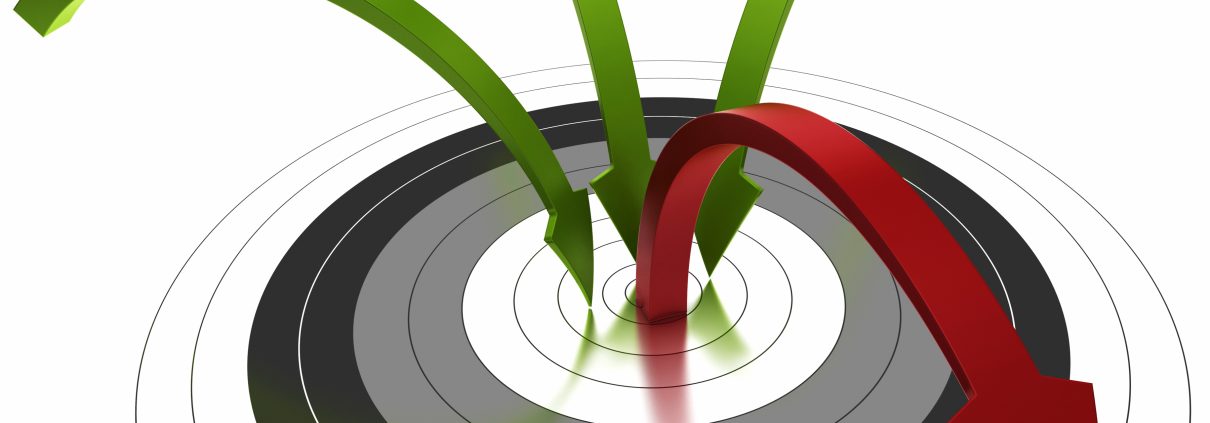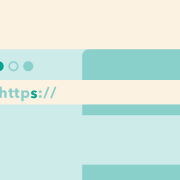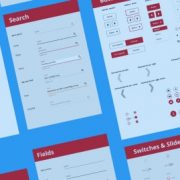How to Minimize Your Website Bounce Rate
The definition of bounce rate is:
“the percentage of visitors to a particular website who navigate away from the site after viewing only one page.”
Ideally, your website’s bounce rate should be somewhere between 20% and 35%. However, some businesses can reduce that number below 20% with great difficulty. If your website bounce rate approaches 50%, you are in serious trouble and need to update your site immediately to lower that number.
Does your website have a high bounce rate? You may be attracting plenty of traffic, but does your site convert those visitors into customers? Having high traffic doesn’t mean anything if it is not generating business. What can you do to minimize your bounce rate and win more business from your digital properties?
Step 1: Understand Your Visitors
To reduce your bounce rate, you will need a solid understanding of what is drawing visitors to your site. Ask yourself “Why are people visiting our website?” Not every visitor will be part of your ideal audience, but uncovering the patterns and details of their journey to your website will provide insights to minimize the bounce rate.
So what do you need to understand about your visitors?
Organic Search
Which organic search terms are bringing visitors to your website? You can use Google Analytics to discover your most active keywords. Consider whether you actively try to leverage those keywords, what someone searching for that keyword would be looking for, and whether your website can solve that problem.
Once you understand how (and why) a web searcher might end up on your website, you can optimize your pages and content to increase conversions to minimize the bounce rate.
Popular Content
What pages and content drive the most traffic to your website? Once you identify those pages, you can see what pages and topics are drawing people towards your site. Do those pages solve the problems that visitors may be experiencing? Are your most popular pages also your highest converting pages? These questions are important to ask so you can understand which pages of your website are most useful and make sure they are fulfilling their purpose.
Best Pages
Which pages on your website have the highest conversion rates? Do those pages have a low bounce rate? Are these pages your most popular? Often, your most popular pages will not necessarily be among the highest converting. What type of pages do your customers visit before making a purchase?
Understanding the audience, their interests, and how your website caters to those interests, you will know what prospective customers are looking for and how your business can meet their needs. The next step involves using that knowledge to build a relationship with visitors, eventually turning them into customers.
Step 2: Build Email Relationships
The second thing you should do to minimize your bounce rate is getting visitors to sign-up for email newsletters. Most visitors will only come to your website one time, never visiting again. In fact, it takes six to eight touchpoints to convert someone from a passive visitor to a qualified lead. Email newsletters allow brands to remain in contact with website visitors, providing more touchpoints in which you can thrill those visitors.
So how can you build an email list to stay in touch with visitors to your site? By placing an eye-popping call-to-action that will motivate a sign-up.To learn more about creating killer CTA’s, check out our article: 6 Tips for Creating Better Calls-to-Action.
Once you have built your email list, you can re-engage with visitors through email, sharing content and information with them, nurturing the relationship until they are ready to convert. By nurturing the customer relationship, you can keep in contact with prospects until they are prepared to make a purchase.
Step 3: Re-Engage
If people don’t want to sign-up for your email list, and don’t provide any contact information, what can you do? Well, you have two options, both of which involve attempting to re-engage after their visit.
Use Social Media
One way to re-engage with your customers is through social media. Use targeted ads placed on social media to promote your list building efforts. Instead of sending people who click your ad to content, send them to a landing page where they can sign-up for your email. Remarketing using social media ads is a useful tactic because the platforms allow for extensive targeting, based on a variety of factors. For more information on remarketing using social media, check out HootSuite’s Social Media Advertising Guide.
Website pop-ups
Website pop-ups can be used to discourage people from leaving your site. Onsite remarketing detects user behavior to determine if a visitor is about to “bounce.” If it seems they will bounce, a popup will appear, either directing them to content, they might find interesting or asking them if they want to sign-up for your email list. Exit-intent pop-ups have varying ranges of effectiveness, depending on their purpose, but they have proven to lead to an increase in conversions.
Step 4: Convert Subscribers into Customers
The final step is to convert your subscribers into leads, eventually leading to a purchase decision. Conversion is by far the most difficult step in the entire sales process, but there are several activities that can lead to an increased conversion rate.
Segment Leads
Segmentation of leads is an essential activity for any business, but there are many ways you can do it. One can segment their leads based on:
• Stage of the buyer’s journey
• Source of the lead
• Demographics
• Conversion events
• Website behavior
All of these methods of segmenting an audience are valid. However, the method you choose should correlate to your business goals. For more information on segmenting leads, check out this informational guide on segmenting leads.
Test and Refine
To boost conversions, you need to keep an eye on your email reports. By measuring the engagement on your email newsletters, you can determine whether changes lead to better conversion rates.
Once you begin measuring your email engagement, A/B testing can begin. A/B is an effective method of determining which strategies yield the greatest results. The best part about A/B testing is that even a marketing newbie can use it to determine the efficacy and effectiveness of various strategies.
Create Effective Copy
Writing copy that converts leads into customers is a difficult undertaking, a blend of art and science that can take years to master. Your copy should be a mix of value adding content that educates the reader and promotional copy. These 7 Simple Tips for Writing Effective Content for Your Website should help you write compelling copy.
There you have it, by following these four steps, you can minimize your bounce rate and increase your customer engagement. Do these steps work for you? Do you have any other strategies for increasing engagement on your website? How does your business turn visitors into customers? Let us know on Twitter @VeridayHQ.











